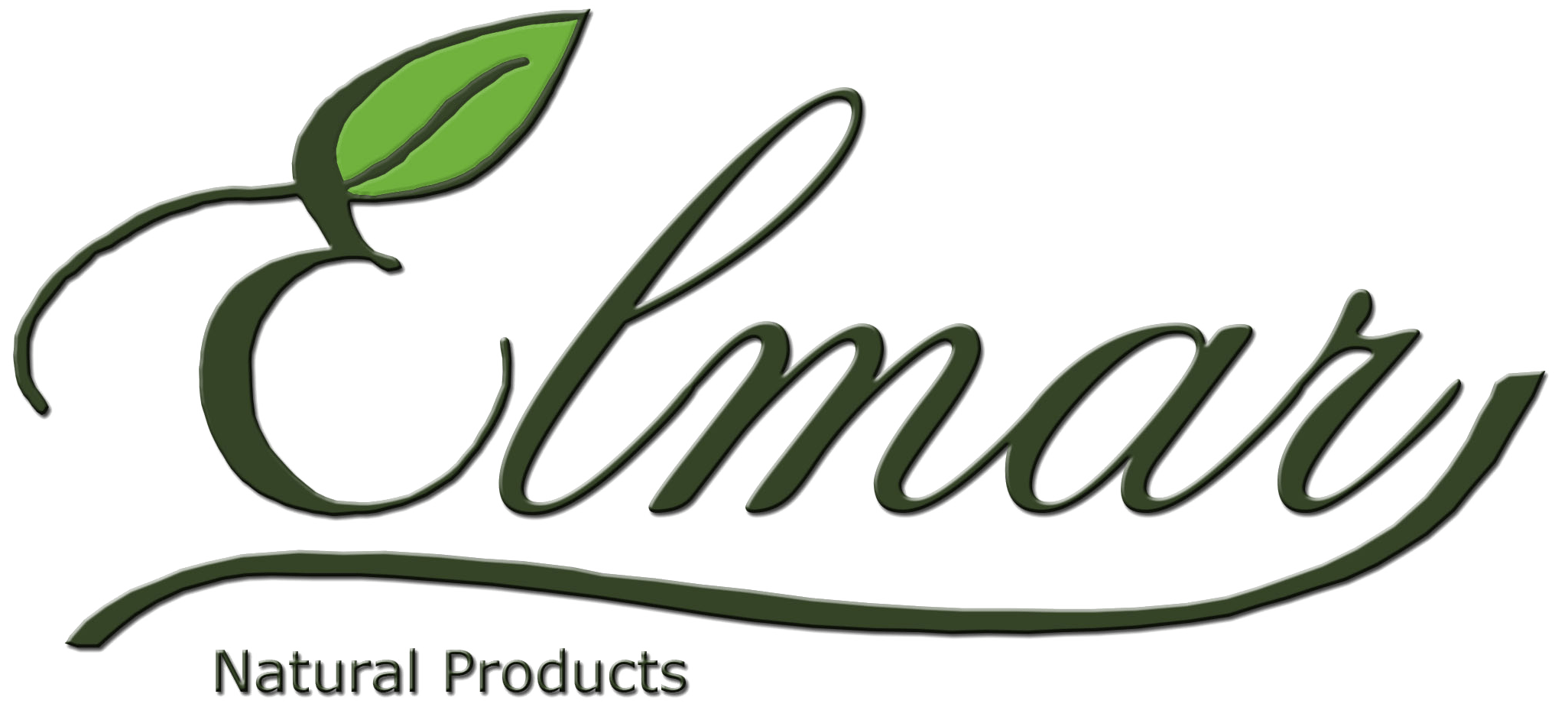Cinnamon is widely cultivated in many provinces in Vietnam, with an area of hundreds of thousands of hectares. However, this type of tree is considered a precious tree of the world. According to statistics, Vietnam owns up to 180,000 hectares of cinnamon in the northern mountainous provinces and the North Central region. Specifically, the estimated cinnamon bark reserves in Vietnam are around 900,000 – 1,200,000 tons, with an average annual harvest of 70,000 – 80,000 tons.
In the world, cinnamon is mainly grown in Vietnam, China, Indonesia (Cassia variety), and Madagascar, Sri Lanka (Ceylon variety).
In addition to domestic supply, Vietnam is also importing cinnamon from other countries to strengthen its position as a leading exporter with an export value of over 34.4% of the world’s total. According to the Vietnam Pepper Association (VPA), in November 2024, Vietnam imported 408 tons of cinnamon, with a turnover of 1.0 million USD. This was an increase of 54.0% compared to the last month. Indonesia and China were the two main countries supplying cinnamon to Vietnam, with 234 tons and 158 tons, respectively.

Vietnam accounts for 1/3 of the global cinnamon export.
In 11 months of the year, Vietnam imported 4,121 tons of cinnamon with a turnover of 10 million USD. Compared to the same period last year, the import volume decreased by 71.9%, and the turnover decreased by 73.1%. Indonesia was the largest supplier of cinnamon to Vietnam, with 1,978 tons, accounting for 48%. Following closely was China with 1,490 tons, accounting for 36.2%.
Earlier in 2023, Vietnam imported nearly 15,000 tons of cinnamon, with a turnover of 37.6 million USD. Regarding the export situation, Vietnam has earned 249.2 million USD from cinnamon exports since the beginning of the year, an increase of 4% compared to the same period last year.
Vietnam is a country with a diverse source of medicinal herbs, many of which are rare and valuable. However, experts said that the export value is not yet high. The main reason is that the development of medicinal plants in Vietnam is undeveloped, leading to the lack of consumption output.
Experts said that to facilitate the export of Vietnam’s cinnamon, star anise, and medicinal plants to international markets, it is necessary to address five main issues: promoting product research and development, conserving genetic resources and rare medicinal plant varieties, training human resources, enhancing connection and developing export markets, building a brand for Vietnamese medicinal products, developing logistics services, and planning large raw material regions to create sufficient volumes for export.
